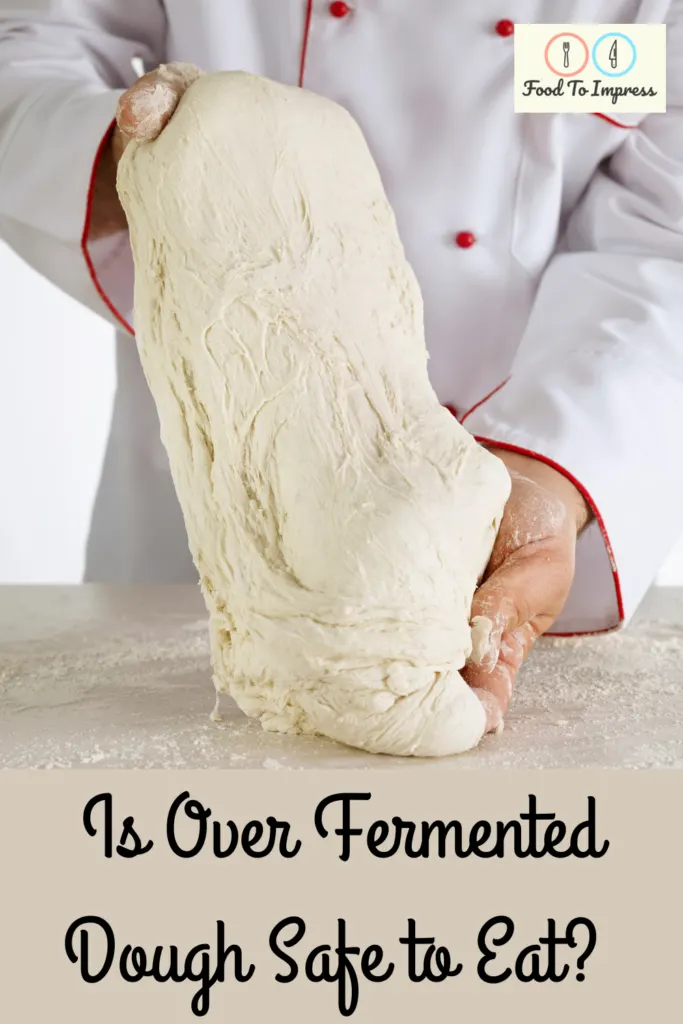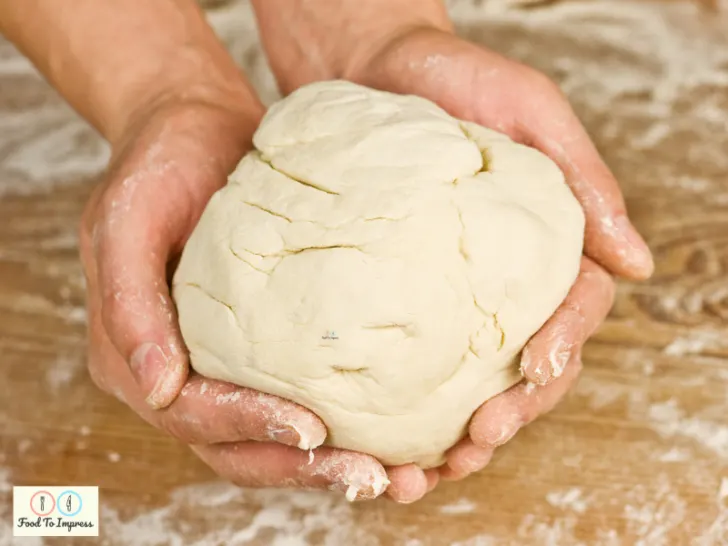As home bakers, we’ve all experienced a moment of panic when we realize we may have left our dough to ferment a little too long. The question, “Is over fermented dough safe to eat?” crosses our minds as we worry about the outcome of our bread. Learn more about the effects of over-fermentation, whether the dough can be saved, and most importantly, if it’s safe to consume.
Is Over Proofed Dough Safe To Eat?
The quick answer is yes, over-fermented dough is usually safe to eat. Even if the bread doesn’t turn out perfect, it’s still okay to eat as long as you took care of the dough and kept it in a clean place while it was rising.
Although the resulting bread may have an undesired texture or taste, it does not pose any health risks as long as the dough has been handled and stored properly during the fermentation process.
What happens if dough is over fermented?
Over-fermentation occurs when the dough is left to ferment for too long, typically at room temperature. Fueled by the amount of yeast or sourdough starter, the fermentation process produces carbon dioxide, which makes the dough rise. However, when the dough is over-fermented, the weakened gluten structure can no longer hold the air bubbles, resulting in a dough that becomes dense and flat. Additionally, the over-proofed dough will have a sour taste and a smell of alcohol, both byproducts of the fermentation process.
Can over fermented dough be saved?
The good news is that over-fermented dough can often be saved, depending on the severity of over-proofing. Here are some suggestions to salvage your dough:
- Perform the poke test: Gently poke the dough with your finger. If the dough springs back slowly, it’s still salvageable. If it deflates entirely or does not spring back at all, it might be too far gone.
- Re-shape and proof again: If the dough passes the poke test, gently deflate it and reshape it into dough balls or loaves of bread. Allow the dough to undergo its final rise before baking.
- Use less yeast: For your next batch of dough, reduce the amount of yeast or sourdough starter to slow down the fermentation process and give you more control over the dough proof.
- Cold fermentation: Consider letting your dough ferment in a cold environment, like the refrigerator. This slows down the fermentation process and extends the bulk fermentation time, reducing the risk of over-proofing.

Is it OK to eat fermented dough?
While over-fermented dough may not produce the best loaf of bread, it is generally safe to eat, provided there are no signs of mold or bad smells. The sour taste and gummy texture may not be ideal, but consuming it shouldn’t pose any health risks for most people.
However, individuals with celiac disease or non-celiac gluten sensitivity should be cautious, as the long fermentation process may cause the gluten proteins in the dough to become more concentrated, potentially exacerbating symptoms.
What does over fermented dough look like?
Over-fermented dough typically has the following characteristics:
- A strong sour smell and an alcoholic aroma, due to the production of lactic acid bacteria and ethanol during fermentation.
- A weakened gluten network, which results in the dough being sticky and difficult to handle.
- A dense, flat surface with large air bubbles, which are signs that the dough has risen too much and the gluten structure is collapsing.
What to Do with Over Fermented Dough
If you’re left with over-fermented dough that can’t be saved for baking, there are still some creative ways to repurpose it and prevent food waste:
- Flatbreads or pizza crust: Turn your dough into flatbreads or use it as a base for pizza crust. The dense texture and sour taste can uniquely flavor your meal.
- Crackers: Roll the dough very thin, cut it into desired shapes, and bake it until crisp to make homemade crackers.
- Bread pudding: Over-proofed bread can be used to make bread pudding, as the dense texture will help absorb the custard mixture.
How to Prevent Over-Fermented Dough
To prevent over-fermented dough, it’s essential to closely monitor the fermentation process and follow a few simple guidelines.
- Be mindful of the amount of yeast or sourdough starter used in your recipe, as too much can cause rapid fermentation and lead to over-proofing. If you do not have success, perhaps try different recipes.
- Control the dough’s fermentation environment by maintaining the right temperature; cooler temperatures slow down fermentation, while warmer temperatures speed it up.
- If you’re unsure about the timing, using a cold fermentation method, such as refrigerating the dough, which can provide a more extended window and reduce the risk of over-fermentation.
- Conduct the poke test periodically to gauge if the dough has proofed enough, and avoid letting the dough ferment for extended periods without checking its progress.
- Practice makes perfect, so don’t be disheartened if you experience over-fermented dough occasionally; instead, learn from the experience and refine your technique the next time for better results in the future.
Summary on Is Over Fermented Dough Safe to Eat
In summary, while over-fermented dough may not yield the perfect loaf of bread or pizza crust, it is generally safe to eat. You can still create delicious and edible baked goods by learning to recognize the signs of over-fermentation and taking steps to save the dough. Monitoring the dough’s fermentation time and maintaining the right temperature is essential to avoid over-proofing. With practice and patience, you can master the art of fermentation, reduce food waste, and enjoy the delightful taste and texture of perfectly proofed bread.

